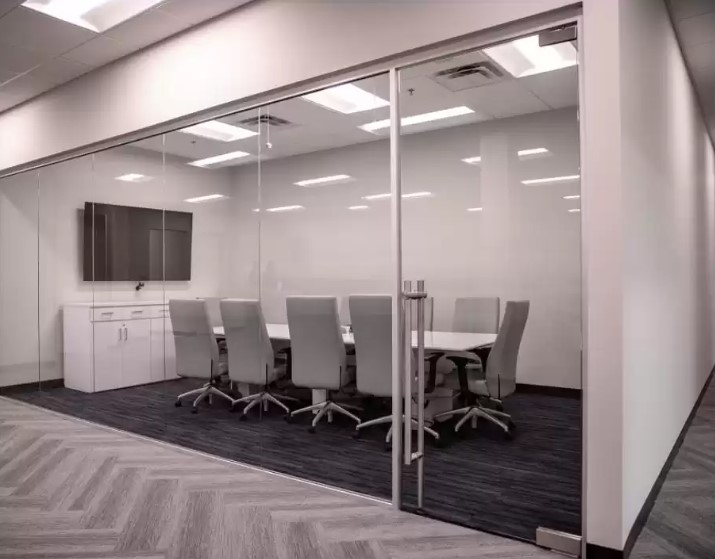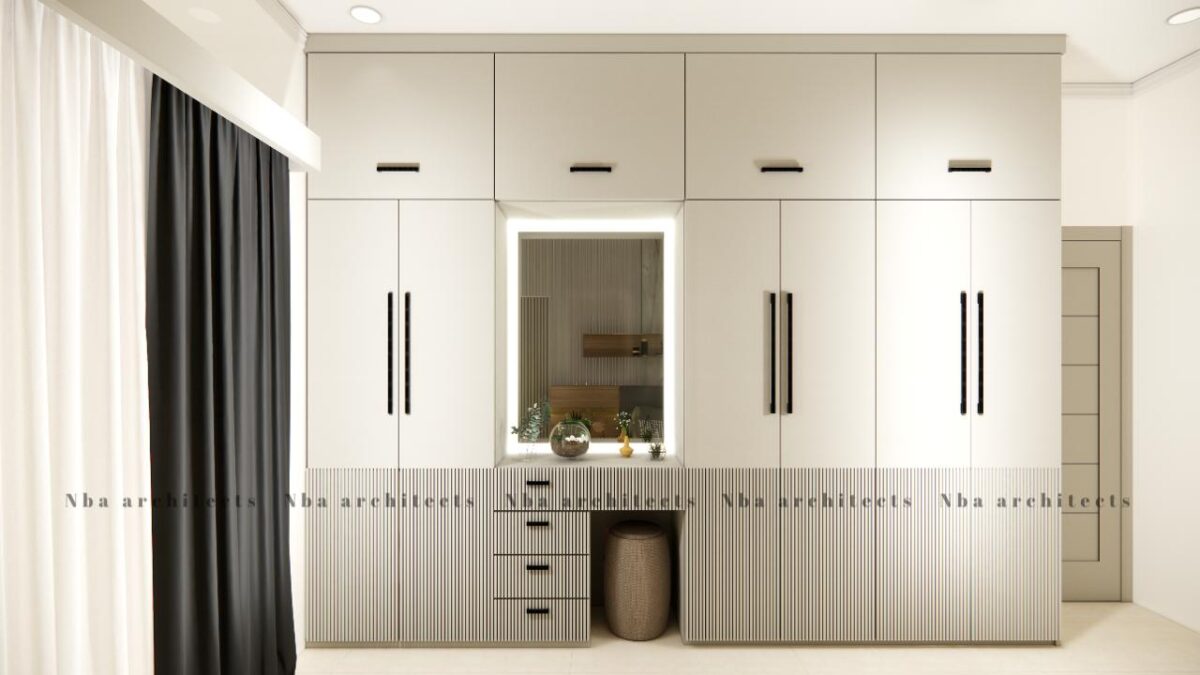Types of Door Lock Latches: A Comprehensive Guide

Managing access to enclosures is a critical aspect of product development, influencing design choices significantly. Selecting door lock latches ensures security, convenience, and functionality. From simple cam latches to sophisticated sliding mechanisms, understanding the diverse range of latch types is essential for engineers and designers.
Let’s explore the various types of door lock latch and their applications in detail.
What is a Latch?
A latch is a fastening device that joins two surfaces while regulating access to the enclosed space. In everyday scenarios, from cabinet doors to car hatchbacks, latches are integral to securing belongings and equipment.
Types of Latches
Cam Latches: Simple and cost-effective, cam latches feature a cam lever that rotates to engage a fixed panel, securing the door or panel. Commonly used in cabinet doors, cam latches offer enhanced security with optional locking mechanisms and are available in materials like stainless steel and zinc.
Compression Latches: Similar to cam latches, compression latches utilise a cam lever to create a clamping force between two surfaces. This compression force aids in vibration reduction and seals against environmental factors like dust and moisture, which is ideal for machinery protection and extended operational life.
Push-to-Close/Slam Latches: These latches secure doors or panels by simply pushing them closed, resisting damage even when slammed shut. Incorporating a spring-loaded cam, push-to-close latches lock automatically upon closure, offering reliability in industrial, construction, and transportation applications.
Draw Latches: Using tension to pull surfaces together, draw latches consisting of two pieces—one attached to each surface. When the lever hooks onto the keeper, tension is created, removing the surfaces securely together. This cost-effective solution finds applications in various equipment, including engine hoods and HVAC systems.
Sliding Latches: Comprising a sliding or rotating body and a stationary keeper, sliding latches secure surfaces by sliding or rotating the body behind the keeper. Resistant to vibration and rattling, sliding latches offer manual actuation and are available in multiple styles and materials to suit diverse applications.
Choosing the Right Latch Type
Indoor Latches: Indoor applications typically have fewer environmental concerns, allowing for the use of economical materials like plastic or zinc. The security level required may be lower, and non-locking latches suffice for access control within interior environments.
Outdoor Latches: Outdoor latches face stringent environmental challenges, requiring corrosion-resistant materials and compliance with standards like IP, NEMA, or UL specifications. Security concerns escalate outdoors, necessitating more robust materials and sophisticated locking mechanisms to deter vandalism and tampering.
Mechanical or Magnetic Latching: Latches may employ mechanical or magnetic latching methods, with some offering electronic capabilities for seamless operation without direct actuation by the user.
Visible or Hidden Latches: The choice between visible and hidden latches depends on user requirements and security concerns. While visible latches offer easy access, hidden latches provide enhanced security and aesthetic appeal by concealing the mechanism.
Custom Latches: Collaboration with experienced suppliers is crucial for selecting the right latch type tailored to specific application requirements. Customised solutions may be necessary to meet unique needs and ensure optimal performance and user satisfaction.
Conclusion
Selecting door lock latchesinvolves carefully considering factors such as environment, security, and user experience. By understanding the various latch types and their applications like Bathroom latch, engineers can design products that meet functional requirements while enhancing overall performance and user satisfaction. Contact us to explore the full range of latch options and find the perfect solution for your application needs.











